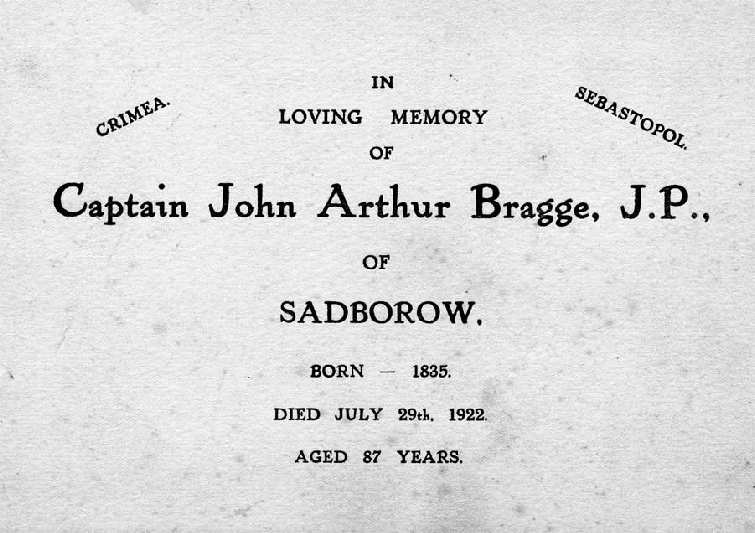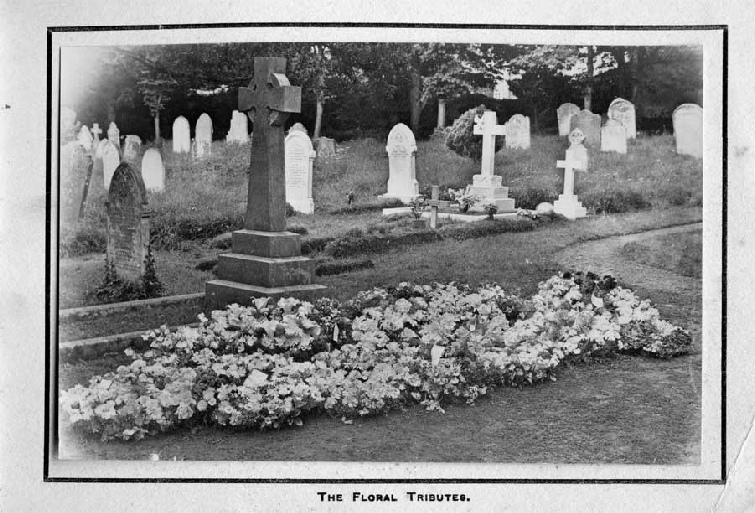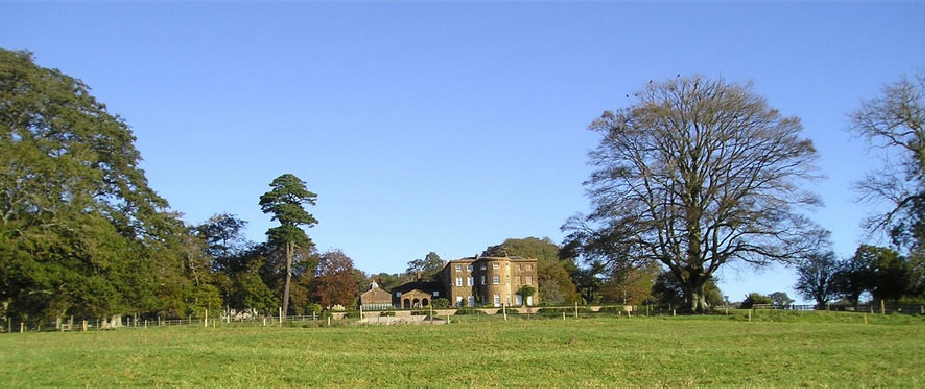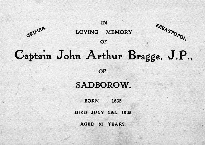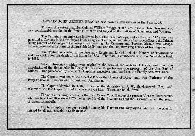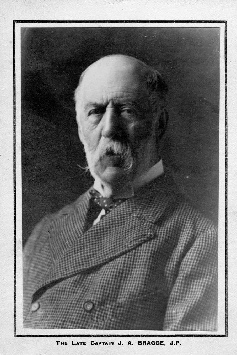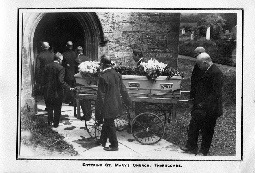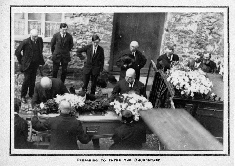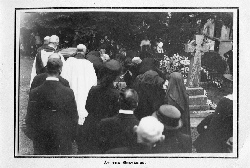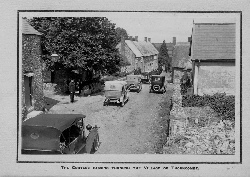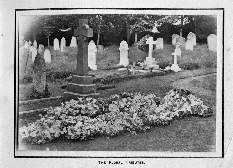SADBOROW HALL
Part of Forde Abbey’s holdings until its dissolution in 1539, the Manor of Thorncombe
was purchased in 1577 together with the patronage of the parish church from the Earl
of Oxford by John Freake and Matthew Bragge. The Bragge family’s connection with
Sadborow continued until 1923 when the estate was broken up and sold to pay death
duties following the death of Captain John Bragge in 1922, the last in the family
line. Sadborow, also referred to in historical records as Sadbury, Sadboro or Sadborrow,
lies a mile to the south west of the village. Its estates still form a large part
of Thorncombe parish. Sadborow Hall, a gracious Georgian mansion is surrounded by
beautiful gardens, farmlands and farmhouses, once rented to individual farmers. The
Hall was rebuilt between 1773 and 1775 for William Bragg and was designed by John
Johnson.
The present occupier is George Eyre, whose grandfather bought Sadborow in the
1923 sale. He farms on a large-scale incorporating a number of farms once held by
tenants. Modern farm buildings and a silage unit have replaced the once walled fruit
and vegetable garden. The grounds of Sadborow Hall are skirted by a narrow winding
lane, shaded by steep hedge banks, in themselves a treasure trove of wild flowers
and herbage. The lane leads down a steep hill to the upper reaches of the River Blackwater,
the boundary between Devon and Dorset.
Here lies Sadborow Mill. A reference in the Doomsday Book regarding Thorncombe
Manor says, ‘There is a mill which renders thirty pence and 12 acres of meadow and
one acre of pasture and 15 acres of wood. It is worth 25 shillings.’ An entry in
the 18th century parish accounts of Thorncombe records that in 1795, the Parish Overseers
paid £2 7s 0d for hauling 141 bushels of wheat from Rownim Common, near Crewkerne
to Sadborow Mill and paid Miller Bartlett £10 9s 0d for grinding. The mill and water
wheel, restored to working order in recent times by Commander J, Eyre, have become
a working exhibit. Interested parties can enjoy history at work, returning home with
their bags of stone ground flour, refreshed by cider made on the estate. The mill
house foundations can be still be seen in old photographs and the mill was in commercial
use in the lifetime of the writer. One of our older W.I members being married to
the miller and beginning her married life there in 1929. Today Commander J. Eyre
and his wife live in the modern ’mansion’ built on the site of the miller’s house
and surrounded by lovely gardens, which are occasionally open to the public.
L.M Warren who used to work at Sadborow recalls: ‘… coming with my family to live
on the estate at Schoolhouse Farm in September 1912. I remember there was at Sadborow
a full staff including housekeeper, cook, [a] kitchen and scullery maid, butler and
two or three housemaids. Captain and Mrs Bragge and their visitors sat in church
in the seat now used by the senior choir ladies, the staff sitting behind as well
as the girls from the Vicarage wearing blue cloaks and bonnets. Captain Bragge’s
wife and visitors sat on the seat used by the choir men.
‘I remember standing on the top of the lovely stone stair-case at Sadborow and seeing
Captain and Mrs Bragge and their guests coming into dinner, each lady on the arm
of a gentleman. I used to think how beautiful the ladies looked in their lovely dresses.
The dinner table would be beautifully laid with silver and hand worked mats and the
table polished. One could see their face in it. The highlight of the year was our
invitation to old year’s night to the staff party, when after a marvellous dinner
we danced into the small hours of the morning.’
JUNE EDE
Taken from the late June Ede’s unpublished manuscript, ‘Thorncombe, A Village History’.
June lived in Thorncombe village from 1968 until shortly before her death in 2009.
Written in 1982 in response to a national Women’s Institute initiative, it was donated
by Mrs Ede, to the TVT history box in 2008. Reproduced here by kind permission of
June’s daughter, Penny Kennedy.
Captain John Arthur Bragge,
J.P.
On the death of Captain John Bragge a memorial booklet was printed. This was postcard-sized
and contained 6 pages of photographs of the funeral and a eulogy. The photos are
reproduced below, with thanks to Ron Frampton:
